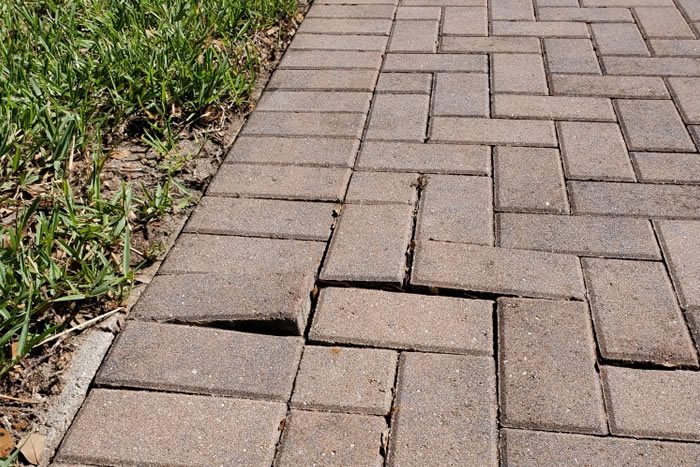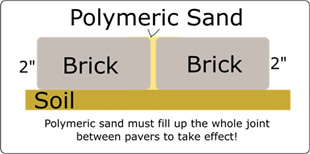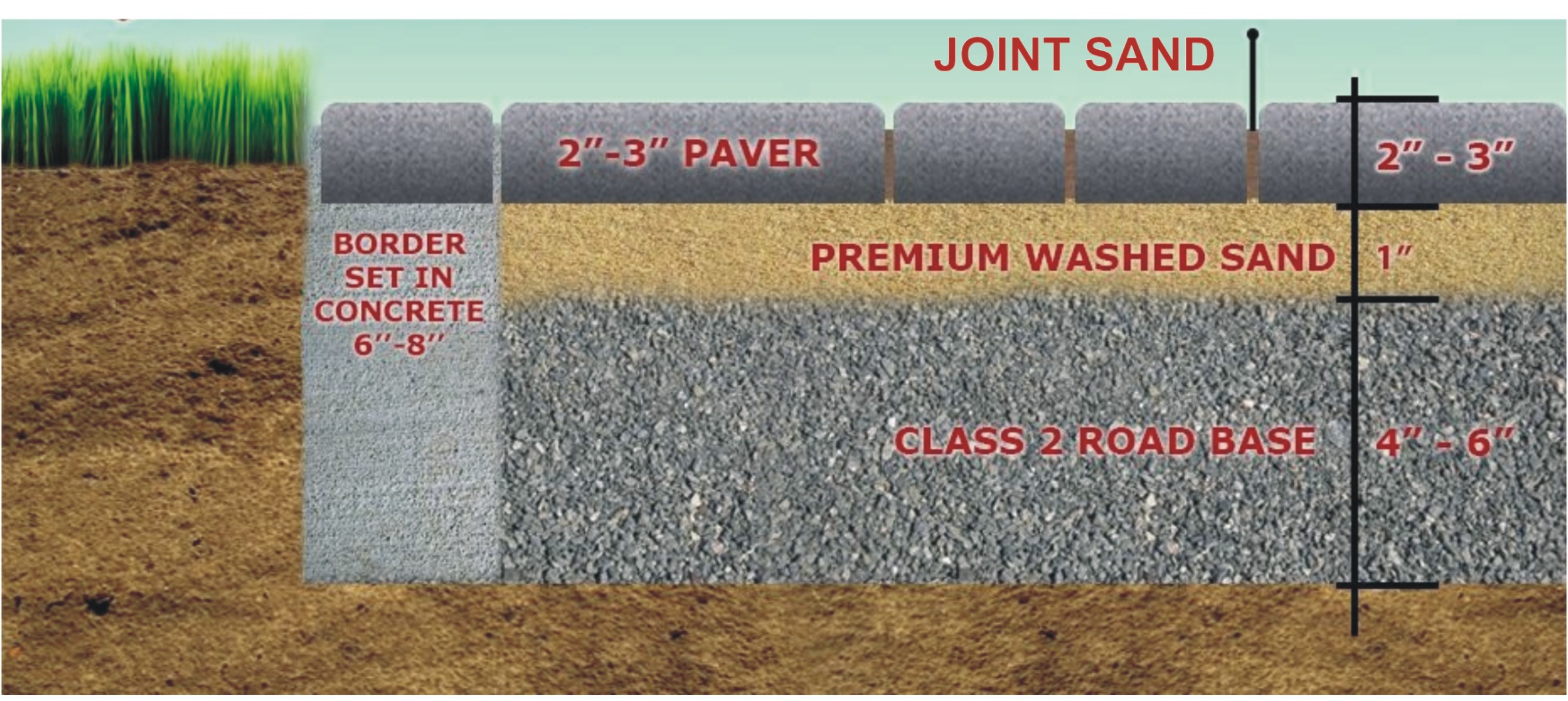Brick Paver Repair for Swimming Pool Decks
Do you have broken, sinking, or upheaving pavers and travertine or tile? Platinum Pavers is here to help!
Regular Paver Problems
- Sinking pavers around decks and patio
Pavers sink because of air pockets on and around your deck and pool. The way we repair sinking decks and patios is by first removing the pavers, then injecting water into the sand. This makes the sand fill the air pockets that caused your pavers to sink in the first place, and also solidifies the sand to make it harder. Then we compact the injected sand, and put more sand above the wet sand to level it out. Finally, we compact the top layer of sand and put the pavers back.
Watch Our Video
Brick Separation on Driveways
Brick pavers separate on driveways because of the pressure put on the pavers by numerous things such as your car, and sometimes the cement border to your driveway can get compromised. This will cause the bricks to move even more. How do we fix this? It’s simple. We remove the pavers, and check to see if the sand beneath the bricks has been compromised. If so, we relevel the sand by adding more and compacting it, then put the pavers back into a better spot and remake the concrete border, keeping the pavers tightly where they belong.
Repairing Root Intrusion on Brick Patio
Root intrusion is nearly impossible to avoid if you have large plants around your pavers. To remedy this, we remove the pavers and cut the root, then relevel the sand. We next compact it and put the pavers back the way they’re supposed to be
Watch Our Video
Repairing Coping Bullnose on Swimming Pool Edge
Repairing coping on the side of your pool deck is a delicate process. The main reason that coping gets pushed out is due to your pavers in the middle of your deck sinking and pushing on the coping edge. To repair your coping, you need to delicately remove the bricks from the edge and set them aside. Then, prepare the thinset by mixing it with water, and set it on the area that you removed the coping from. Then, set the coping on top carefully and make sure no thin-set falls into the pool as it could damage the filtration systems. Then, leave the thinset to dry for 24 hours and make sure it is not raining, and do not step on it.
Repairing Tiles on Swimming Pool Water Line
To repair tiles on the pool edge, inside the pool. When the tiles are cracked, you need to find a way to remove them and replace the thinset that was previously beneath them. It is similar to the method of replacing the pool coping edge. Make sure to carefully apply the thinset and let it dry for 24 hours without excessive water hitting it or moving it around.
Watch Our Video
Polymeric Sand
What is Polymeric Sand?
It is a mix of graded sand and a binder that is formulated to fill up narrow or wide joints when installing new pavers. It gets harder in contact with water, staying in place. Read more on this topic »
Will Polymeric Sand avoid weed growth in joints?
This sand prevents weed from growing underneath pavers joints almost completely, however mold or mildew can grow on the surface of the sand depending on the humidity and how much sun the pavers are getting.
Can I apply Polymeric Sand over the existing sand on the paver joints?
No. You need to remove all the existing sand from the joints in order to apply Polymeric Sand. Polymeric Sand needs a minimum depth of 4cm (1 ½”) to be effective.
My pavers are sunk, Can I apply Polymeric Sand before the repair?
This will be counterproductive since the sand will make it difficult for the professionals to lift the pavers and after it’s done the sand may come loose anyways.
Is Polymeric Sand application difficult to do?
You have to be very careful when applying Polymeric Sand. Make sure the pavers are dry. Spread the sand with a commercial broom filling up the joints. Remove all the excess sand from the top of the pavers with a soft broom or a blower then wash the sand with a shower nozzle very thoroughly. Remember, this sand gets harder when it gets wet, so any remaining sand on top of the pavers will stick to them making them difficult to remove.
Joint Sand Between Brick Pavers
The purpose of the joint sand is to fill up to ¾ of the paver high STABILIZING them and avoiding spreading or wobbling. Joint sand is not grout. It is important to understand this because many people enjoy the look of joint sand on top of the pavers without realizing that it does NOT STAY. While grout remains on the top of the tile because it is a binding agent, joint sand exists to keep the space between pavers locked together. This prevents the pavers from loosening and helps stop any issues that may arise from loose pavers.
Subsequently, joint sand will inevitably wash away on the top over time. However, joint sand in the cracks between pavers will remain for much time. Keeping joint sand visible requires constant management, and for many customers is not worth it in the long haul. Consider what is best for your backyard.
Why Us?
In theory you could do this all by yourself. Platinum Pavers really believes in educating people about their pavers, however let it be known that it is back breaking work, and could lead to a multitude of issues if done incorrectly. For example, you could accidentally pop a plumbing or pool pipe while compacting or cause a pool leak. With Platinum Pavers, well, we’re licensed professionals with over 25 years of experience in the business. Leave the tough part to us, and if your pavers sink within a year, we’ll repair it free of charge.




